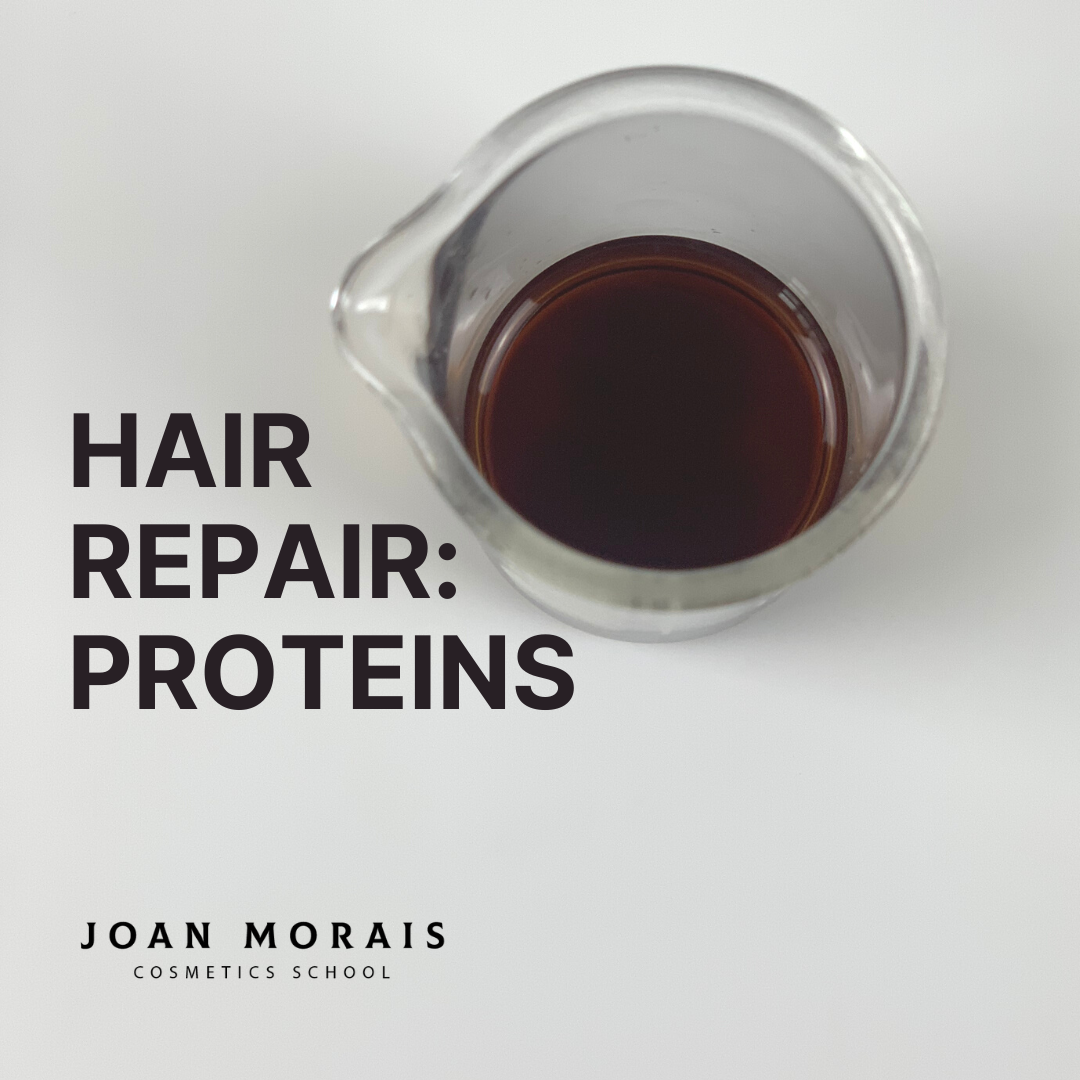
Proteins and Hair Repair
Proteins repair the hair by attaching to damaged hair and split ends. They can penetrate the hair shaft or strands and coat the hair resulting in the hair looking soft, smooth and silky. Without protein, the hair can become lifeless, weak and have breakage. One type of protein, hydrolyzed proteins, are excellent to use for damaged hair and split ends.
Hydrolyzed Protein
Hydrolyzed proteins have a molecular size and structure that makes a bond with the hair structure. They fill in raised cuticles and the hair strand appears smoother. These proteins are one of the best ingredients for hair repair, damaged hair or split ends. Hydrolyzed proteins can penetrate and coat the hair depending on the molecular weight. They are not cationic and compatible with most ingredients.
Low Molecular Weight
Penetrates the hair shaft and provides structure to the hair.
High Molecular Weight
Coats the hair and helps to smooth the hair.
Types
1. Hydrolyzed Oat Protein-
From whole oats. Coats the hair cuticle. Adds volume and strand strength.
2. Hydrolyzed Keratin (plant-derived)
Plant-based alternative to animal keratin. Excellent for hair strength. Learn more in our post, Plant Keratin for Hair Strength.
3. Hydrolyzed Wheat Protein
From natural renewable sources. Thee work to give hair better body and control, add shine and highlights.
4. Hydrolyzed Quinoa
Natural and sustainable ingredient. Provides hair color retention, conditioning, and protection.
5. Hydrolyzed Rice Protein
Extracted from sustainable, non-GMO rice bran. Has been shown to greatly increase total hair volume. Will also add hair shine and natural looking highlights.
Formulating Tip
Hydrolyzed proteins are water soluble. They can destabilize a formulation. The procedure and phase to incorporate into the formulation matter. Generally, it is best to add hydrolyzed proteins in the last phase.
Protein Hair Formulations
You can use hydrolyzed protein in many hair product formulations. Use in shampoo, conditioner, leave-in, and hair masks.
Usage Amount
This is a general usage guide that Joan has experienced to be best as a starting point with these hair types. Proteins can be too heavy for some hair types.
- Type 1 Hair use 0.5-1%
- Type 2 Hair use 1-2%
- Type 3 Hair use 2-4%
- Type 4 Hair use 2-3%
Learn how to make hair products with hydrolyzed proteins in our Diploma Pro Natural Hair Care Course.
You might also like

